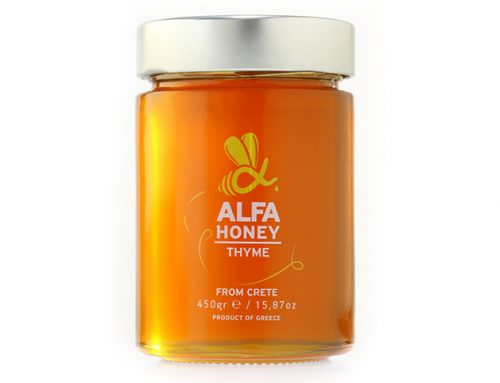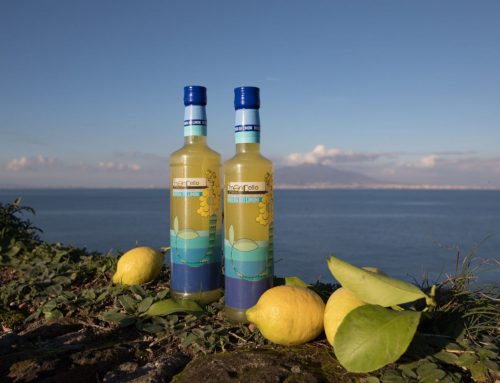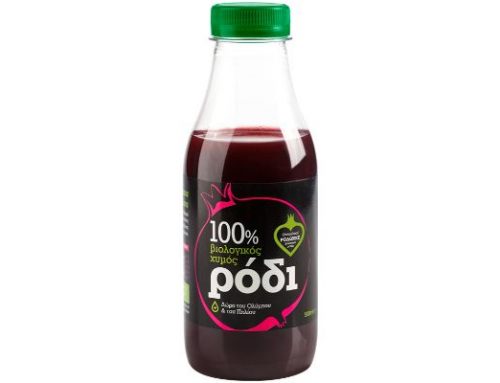Archaeological finds throughout Europe, such as traces of dairy fat in unglazed ceramic strainer fragments, depictions or ancient literature, dating back as far as 7,000 years provide unequivocal evidence that even neolithic humans were cheese makers. No wonder then the EU dairy sector is the second biggest agricultural sector in the continent, representing more than 12% of total agricultural output. While milk and consequently cheese is produced in all Member States, farm and herd sizes, yields and types of farming vary widely across Europe, from free-range farming to large specialised dairy farms.
At the same time, all available data points to continuous growth for the sector due to increasing global demand in the coming years. Resilience and sustainability are key words for the future of producers, which can be achieved by combining tradition and innovation, as a way to reconcile the need for farmers/cheese makers to earn a decent living, consumer demand for affordable and quality dairy products, and in order to meet environmental/animal health requirements.
Strong points
The biggest advantage that European cheese makers could always rely on was tradition, either in the way they made their cheese or in preserving local recipes, which results in a staggering variety of cheeses, not only among different counties, but also from region to region.
Cheese making for traditional producers brings together their love for pure ingredients, their respect for quality and their passion in creating unique flavours. Inspired by recipes of the past, Europeans create exceptional artisan cheese, always preserving the traditional elements that guarantee high quality and unique taste. “If it ain’t broke, don’t fix it”, as the saying goes, and it certainly holds true in this case. What is essential moving forward is a way to incorporate innovation and new ways of introducing these fine products to the global food market.
Our choices
Naturally, it is not possible to present a full guide of every traditional cheese maker in Europe. There are, however, a few that we would like to point your attention at; and for good reason. Let’s find out why…
Verginis. Satisfaction guaranteed
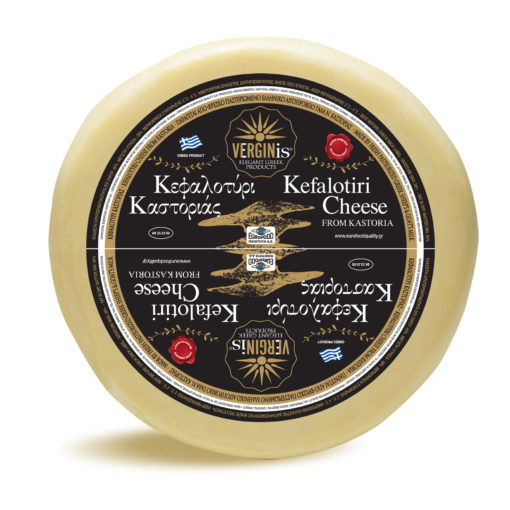
Verginis Kefalotiri Cheese From Kastoria
Kefalotyri or kefalotiri is a hard, salty cheese made from sheep’s milk or goat’s milk, or even both, in Greece and Cyprus. Depending on the mixture of milk used in the process, the color can vary between yellow and white. A very hard salted cheese, kefalotyri is refined for at least three months and can be consumed as is, fried in olive oil for a dish called “saganaki”, i.e. “small pan cheese”, or added to foods such as pasta dishes, meat, or cooked vegetables, and is especially suited for grating. It is also used along with feta cheese in the vast majority of recipes for traditional Greek pies. It is a popular and well-known cheese, made in Greece since the Byzantine era. “Verginis Kefalotiri Cheese From Kastoria” in western Greek Macedonia is a table cheese of long maturation, produced in the traditional way from “Eurofood Quality”.
Quinta dos Ingleses. Uplifting cheese
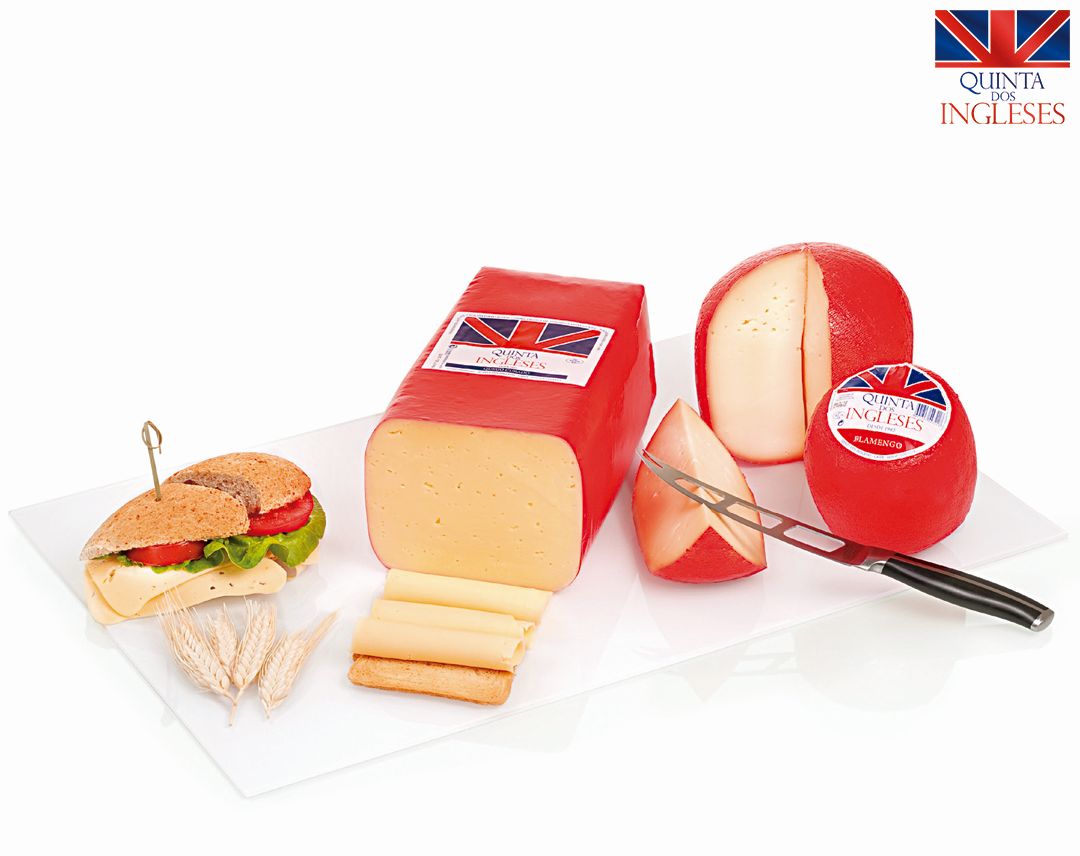
Flamengo Cheese
“Quinta dos Ingleses” is an agro-livestock company, whose shareholders are not “like family”, they are literally family. Their business came to be after they acquired a large property in the region of Lousada in Portugal, a rural area beloved by British who frequented there enough in the distant past, so as to have the estate named after them.
Their dairy farm produces cheese as a mixture of the best local cow and sheep milk and the curing process takes at least 20 days. Its flavor is pleasant and aromatic. The milk processing plant’s existing capacity reaches 20,000 liters per day. This unit produces four main types of cheese. First and foremost, “Fifth of British”, a cheese of soft pulp and semi-square shape, matured for three weeks. Also, “Flemish” Cheese Ball and Junior, a cheese of very specific qualities. Finally, it produces a semi-handmade small speciality cheese “dish” which offers unique quality. The annual production of Quinta dos Ingleses is 300 tons of cheese.
To Niotiko. Recipe for success
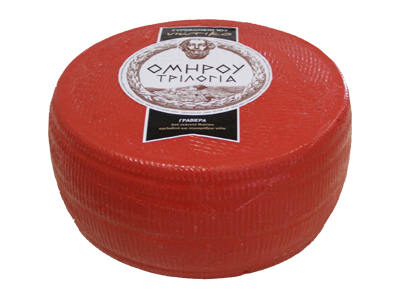
“Homer’s Trilogy” Graviera Cheese from “To Niotiko”
When a cheese from a small, family-run dairy plant in one of the picturesque Aegean islands of Greece becomes a critically acclaimed best-seller in European food markets, then they must be doing something right. That product is a graviera, a Greek gruyere-like cheese usually made with goat and sheep milk, from the island of Ios. “Homer’s Trilogy” is a semi-hard cheese of “To Niotiko” family business, with rich aromatic flavour and sweetish taste. The mellow taste and refined aroma come as a result of mixing three types of locally produced milk, goat, sheep and cow, hence the name “trilogy” and the distinguishing factor among other Greek graviera cheeses. Ingredients also include: rennet, culture blend and salt. It serves as a great escort to red wine, but is equally appreciated as grated cheese over salads or pasta.

